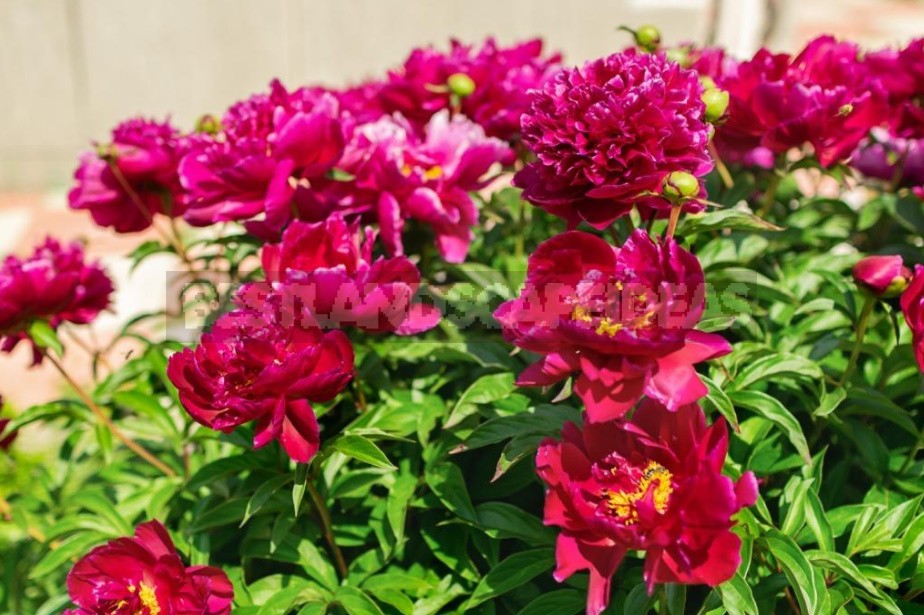
When growing peonies, it is not always possible to achieve success immediately. Unlike most perennial crops, this plant blooms only a few years after planting. Miscalculations and mistakes in agricultural technology will not appear immediately. You can still expect years when the cherished variety will please with flowering, but there is a chance not to wait for it at all: the Bush will grow and develop, but do not give flowers.
And it also happens that for many years a regularly flowering plant, inherited from my grandmother, ceases to form flower stalks. Let’s look at the possible reasons for this situation.
Quality of planting material
First, the quality of the planting material is of great importance. A good plot with peonies can not be “starved”, with barely visible flower buds. It should have at least 2-3 buds the size of the phalanx of your little finger and several cut stems.
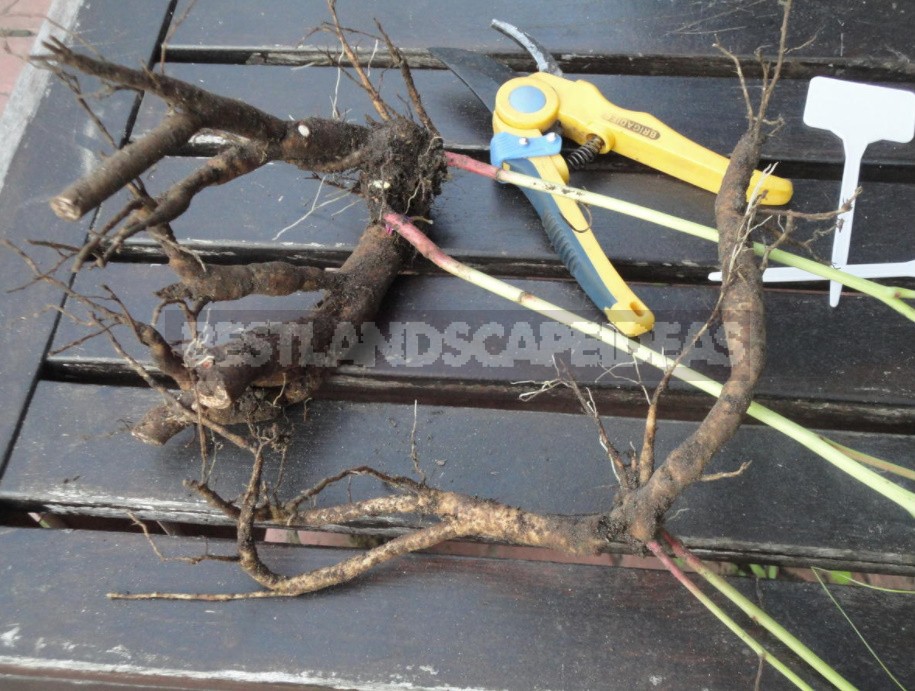
Unscrupulous traders, sometimes, literally impose their “products” on inexperienced customers, trying to sell off the hands of planting material of questionable quality — dried or sluggish “stubs” with barely visible rudimentary buds. Competent sellers store the prepared area in a wet moss sphagnum, which preserves its viability, serves as a disinfectant, and maintains optimal humidity.
You can not say that the larger the seedling, the better the result will be – they say, faster blooms. Experience shows that the optimal planting material is a piece of rhizome with storage roots the size of an average carrot. Too large cut to the desired size, sections are treated with ash and dried. A good site does not have cavities, rot and other serious flaws. The number of renewal buds must match the size of the rhizome.
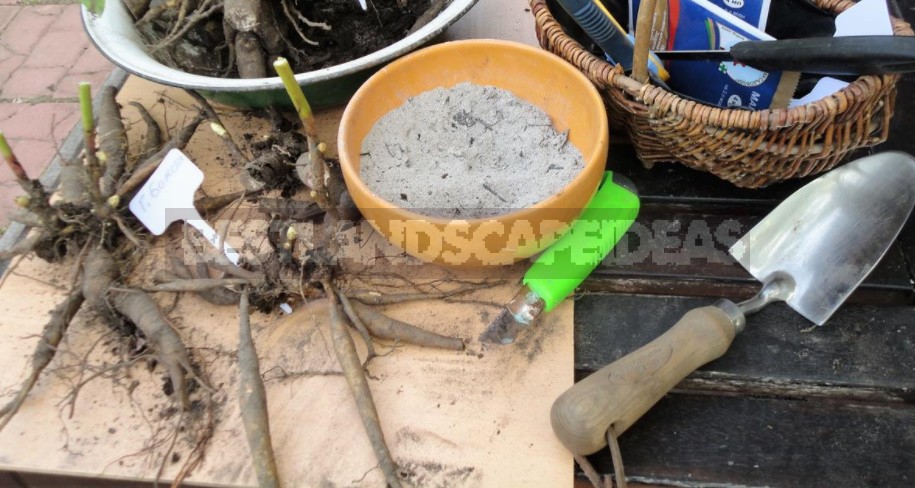
As for the old bushes that refuse to bloom. Apparently, over the years, they have used up their supply of nutrients, and it’s time to divide them and rejuvenate.
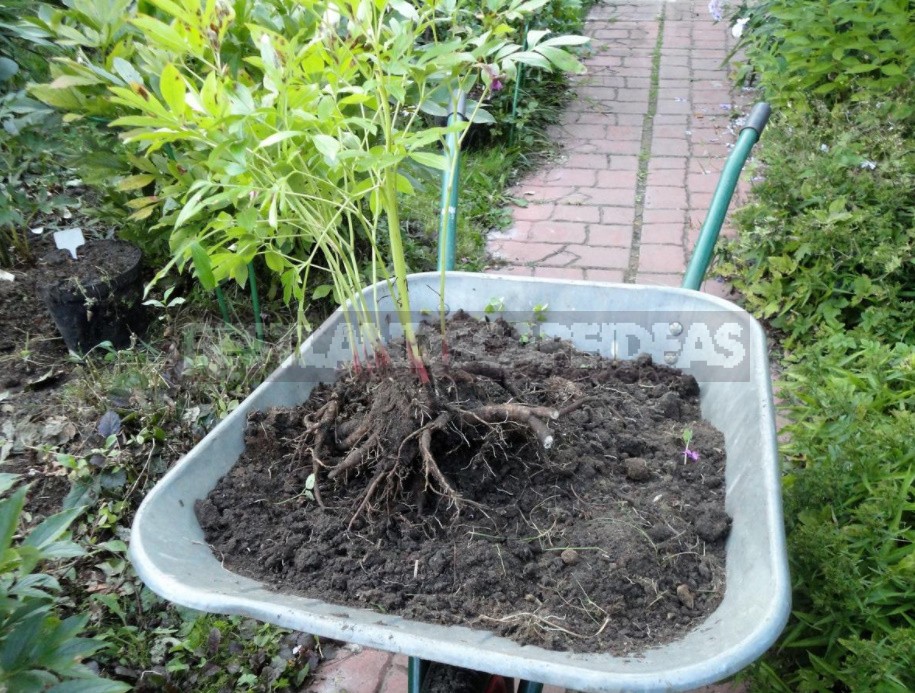
During this procedure, you have the opportunity to sanitize the roots, removing all the old ones that have served their time, rotted or affected by cavities. The remaining ones should be divided and the flowerbeds planted in a new place. Before you do this, you should hold the roots in a disinfectant solution of potassium permanganate.

Do not think that transplanting a large adult plant to a new location is guaranteed to provide or accelerate flowering. The first year or two, the Bush may bloom, but at the expense of old storing roots, and will not develop new ones at all. Therefore, it is better to plant small pieces of rhizome. Experience has shown that even from some pathetic roots left after division and planted simply out of pity and reluctance to throw away, later grew chic bushes. Have patience.
Landing site
Of great importance in the cultivation of peonies is the place of planting. Peonies are sun-worshippers, they need a lot of sun, they can hardly develop in shaded areas.
You can not place them under the crowns of trees, near lilac bushes, Philadelphus, hydrangeas and other powerful shrubs, as well as on the North side of buildings. As you add them to your garden landscape, think about the competition between plants for food and water. For full development and flowering peonies need space, so do not thicken the planting. These plants feel best in a flower bed or along paths among their own kind. With compact placement, peonies are much easier to care for: water, feed, treat against diseases.
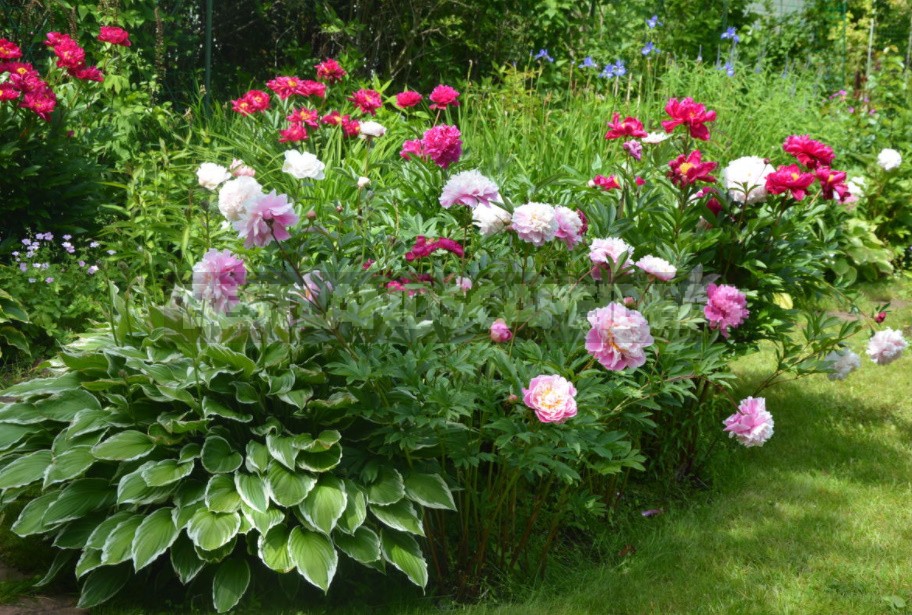
When choosing a landing site, you should stop at one where the peonies will not be flooded with meltwater and rainwater, which leads to rotting of the rhizome. And when the ground water level is high, it is necessary to first drain the site. Planting on raised heaps, as sometimes advised, will not do anything: peonies will suffer from frost in winter, and in summer — from drought. Therefore, the drainage of the site is a mandatory event before you decide to plant peonies.
When to plant
In order not to wait for an extra year of flowering, the planting time is also important. It is usually accepted to plant peonies in autumn: early in early September, the average flowering period in the middle of the month, for late varieties, the planting time is shifted to the beginning of October. This makes it possible for seedlings to grow thin suction roots. The period of regrowth of new roots in the spring is very short, it is difficult to “grasp”, so autumn planting is considered preferable.
But deliveries of imported planting material occur in the spring. What should I do? It is optimal to plant the purchased seedlings in spacious pots (in the usual ground for indoor flowers), then when the heat comes, take the pots to the garden plot and dig them there.

So-in pots, they will spend the summer season. By the end of August, you will slowly prepare the landing pits according to all the rules, where you will transfer them (it is desirable not to destroy them!) their peonies are teenagers. This way you will reduce the waiting time for flowering by a year — such plants will bloom earlier.
The planting hole
An important (if not decisive) point is the quality of the soil in which the peonies will be planted. These plants need fertile soils with a neutral reaction that retain moisture well.

In our case, acidic soils should be alkaline with lime or dolomite flour. On sandy loam or loam soils, you need to create a soil substrate manually, adding a fair amount of manure, humus or compost, complex fertilizers, ash and bone meal to the natural soil. Peony is a plant that requires a rich soil. Plant it in a thin ground — it will develop poorly and will never flower.
The pit is prepared spacious and not so deep as wide, because we plant peonies for more than one season. The plant should be given all the conditions for full development and flowering for years to come. The approximate size of the pit is 60x60x60 cm. At the bottom is put rotted cow dung-half a bag, at least.
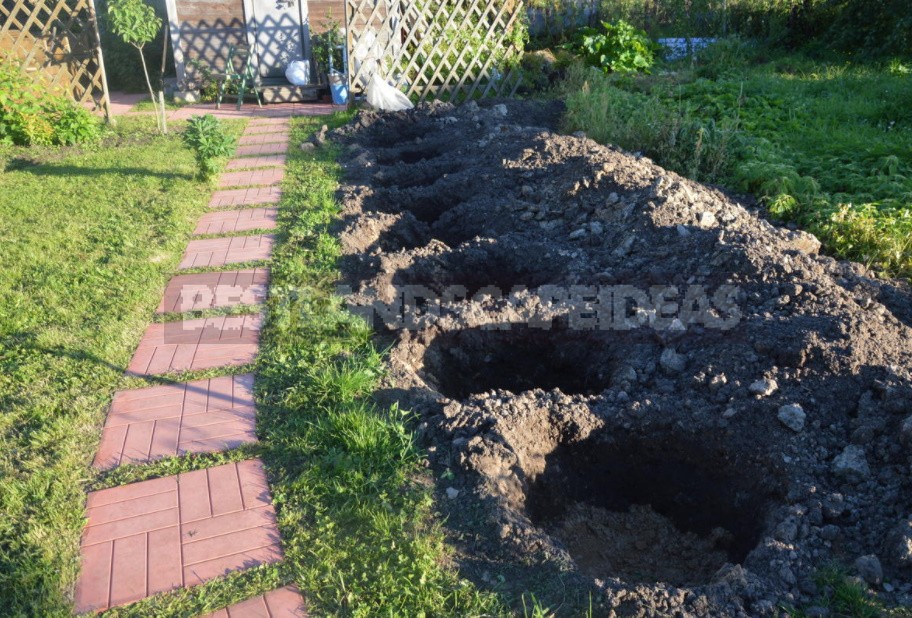
Then the pit is 2/3 filled with fertile soil with the participation of leaf soil, garden compost, and biohumus. Complex fertilizers with microelements, superphosphate are also added there, and it is desirable to add bone meal as well. The pits are prepared in advance. This is necessary so that the soil has time to settle and subsequently does not tighten the planted flowerbed deeper.
Landing depth (and this is a fundamental position!) it should be 3-5 cm from the ground surface. If you plant deeper, the peony will never bloom! Therefore, I repeat once again that the pit should settle, I also recommend planting with a school ruler, strictly observing the depth of the location of the kidneys on the neck of the scrotum. If later, for example, the next year it is found that the buds of the plant have gone too deep, the peony should be carefully lifted with a fork and put earth under it.
The upper third of the pit is filled with ordinary garden land without fertilizers. It is believed that this way we will make the peony strive for a fertile layer and quickly build up the root system, which will certainly have a positive impact on the timing of flowering.
Basic rules of care
To make the peony bloom profusely every year, you must strictly follow the rules of care for it. In the spring, when there are juicy red sprouts, certainly before the leaves open, flowerbeds with peonies should be treated with copper-containing drugs to prevent diseases, primarily from gray rot. This is an extremely important event! If you miss the right moment and spray on the leaves that have already opened, then the tender greens can be simply burned with chemistry. But even if that doesn’t happen, the leaves will be blue until Midsummer — until the rains wash them away. It is impossible to look at such a picture without tears!
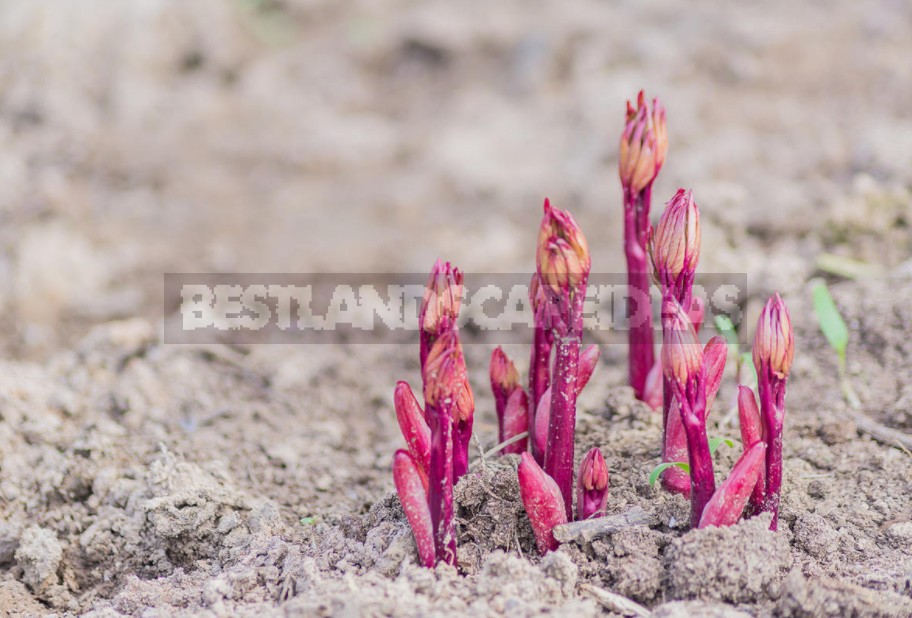
Then, following the phenological phases, several top-UPS are carried out. The first (with a high nitrogen content) is given during the growing season of the stems. The second (with a predominance of potassium and the addition of trace elements) is carried out during budding.
In the long absence of rain, fertilizing is combined with abundant (2-3 buckets of water per Bush) watering. After flowering, it is good to give peonies organic top dressing based on diluted cow dung or fermented grass in a concentration of 1: 10. The next fertilizing (this time phosphorus-potassium) is carried out in the second half of August, when new flower buds are laid. All these activities give peonies vitality and ensure a lush flowering in the next season.
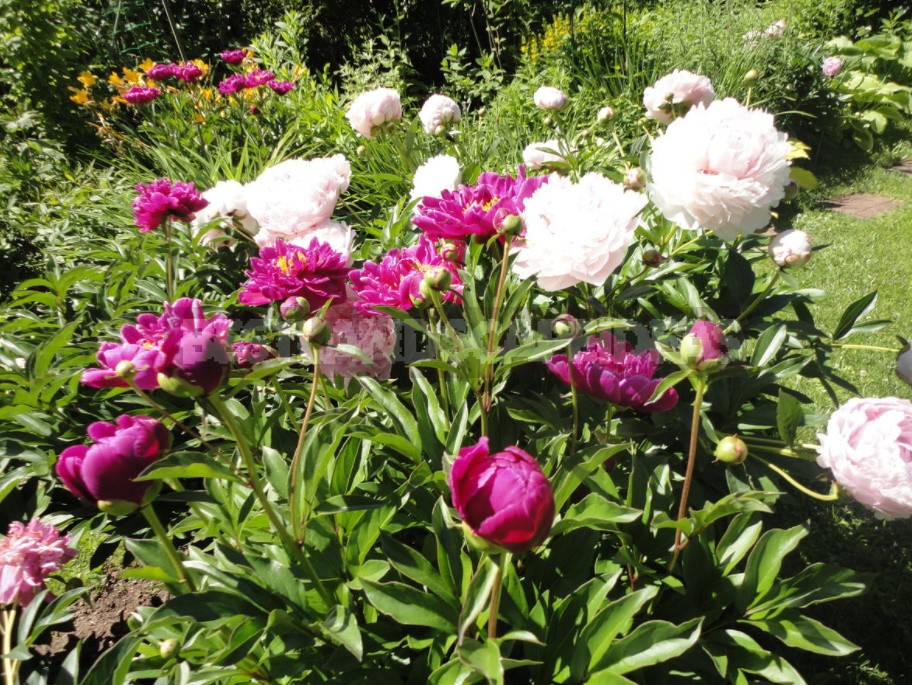
I can’t say that everything that was written above, I found out suddenly and immediately. This is the fruit of my observations and thirty years of gardening experience, which, as the poet said, is “the son of difficult mistakes.” I myself made many mistakes out of ignorance: I purchased unviable flowerbeds, planted in inappropriate places, and transplanted large bushes in the hope of getting a quick result. But after recognizing the character of the peony, studying its habits and preferences, I finally managed to achieve the desired results. Now in my garden every June, dozens of bushes are fragrant, which annually delight me with their flowering.
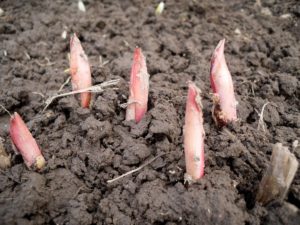

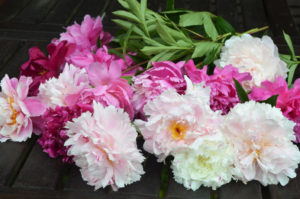

Leave a Reply